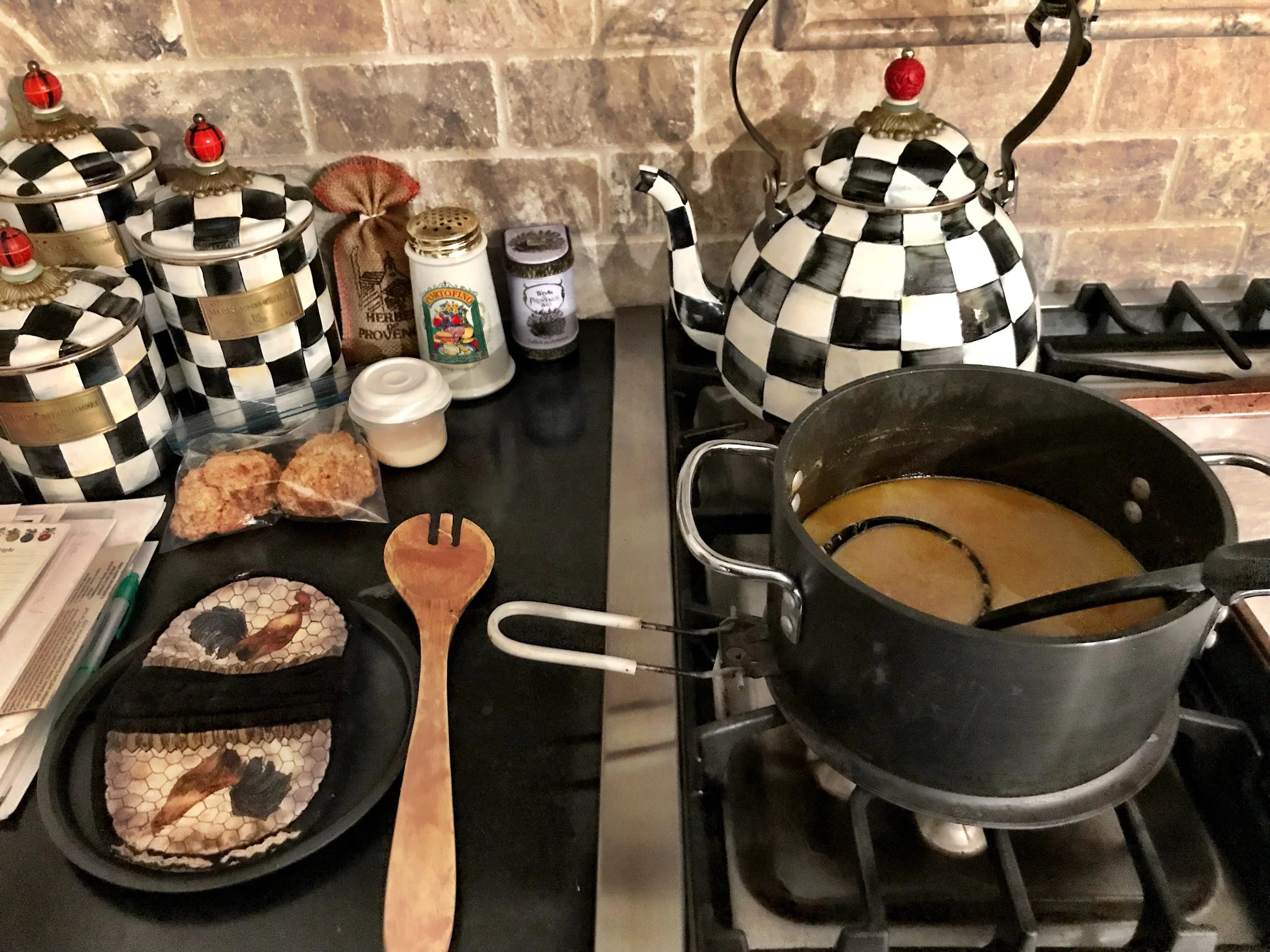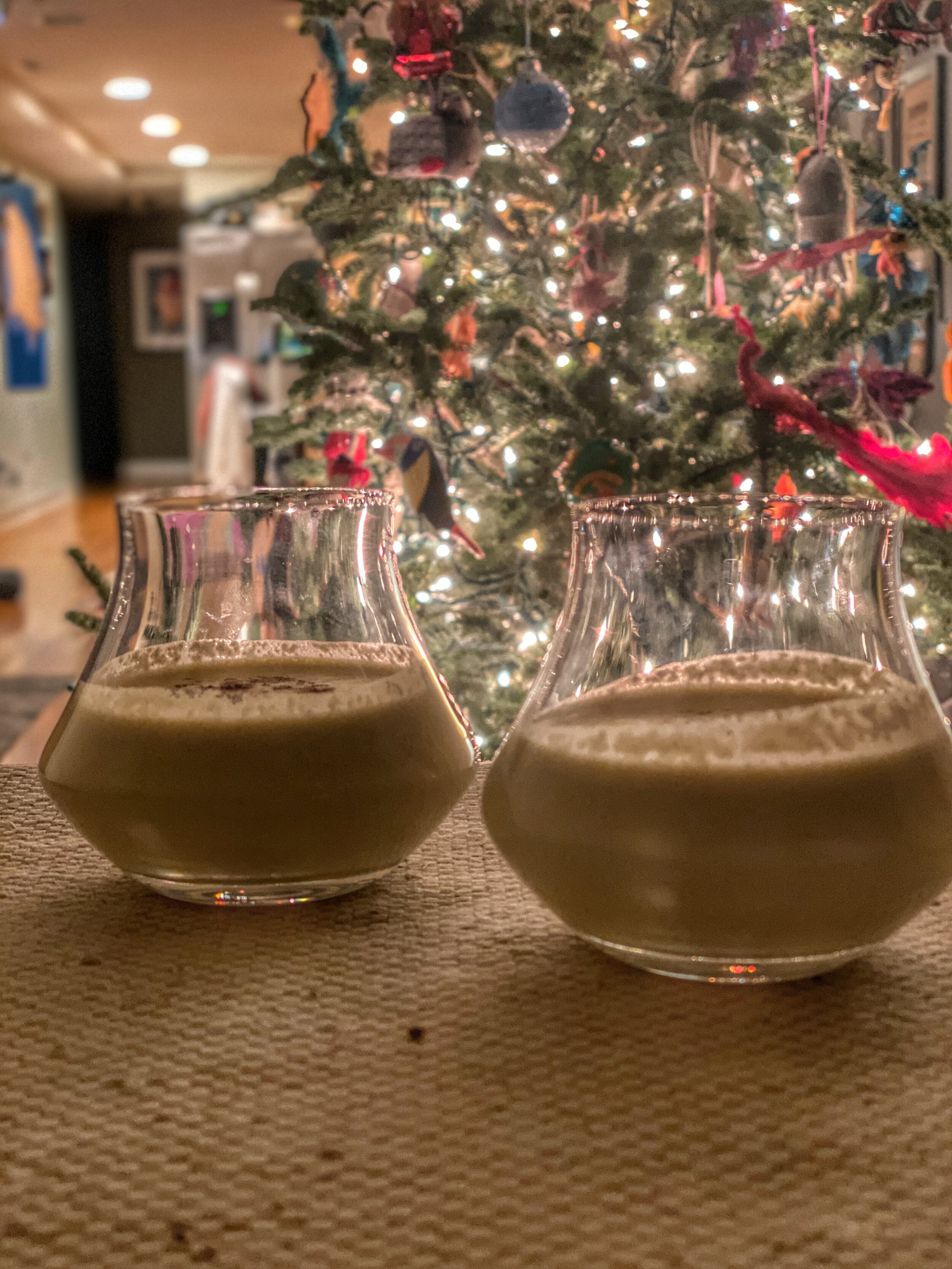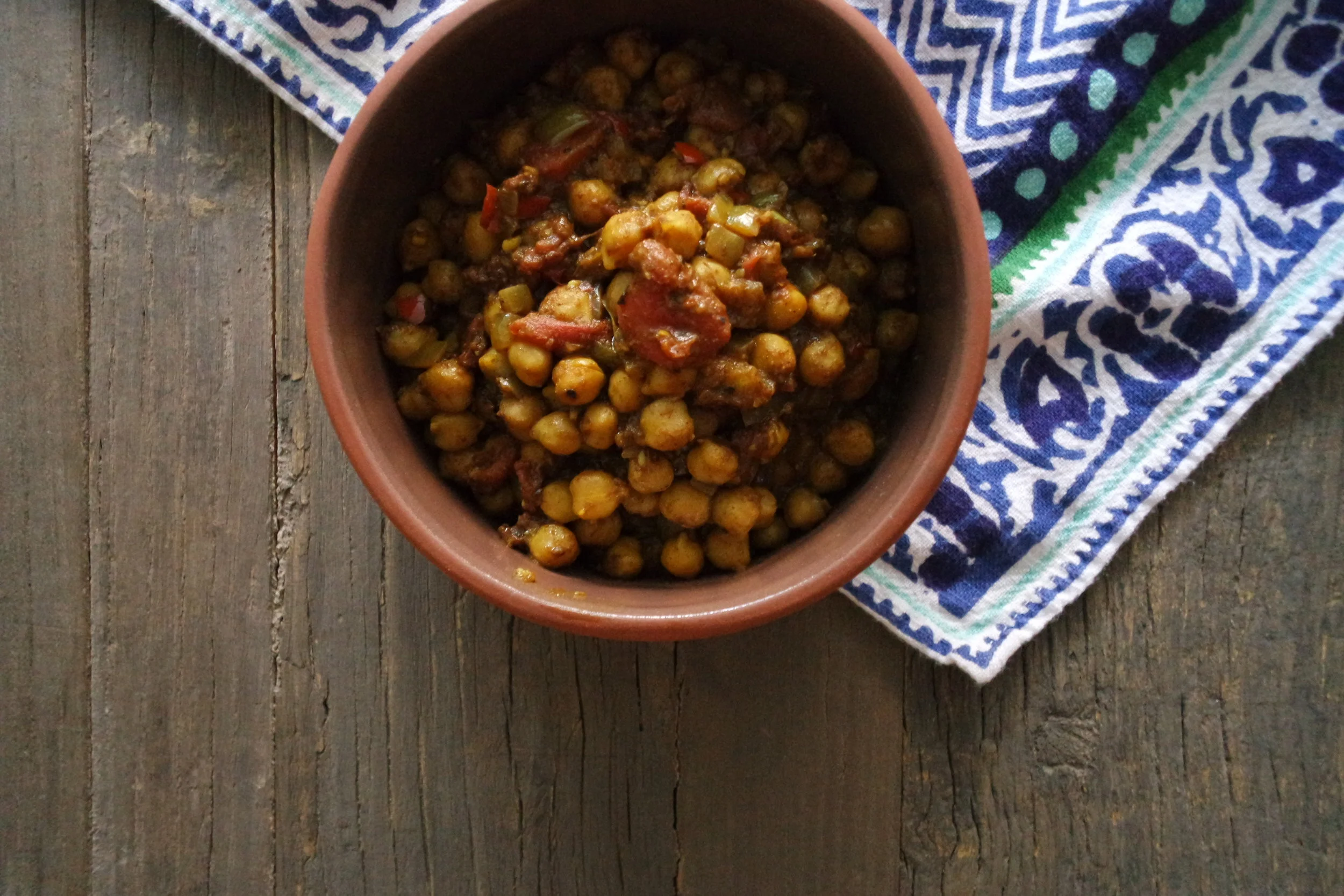One of the more flavorful (and seemingly bizarre) soup recipes, this Indian dish has many variations. Here’s our favorite.
British colonists in India insisted on a soup course — and mulligatawny was born
The British historically aren’t known for their culinary skills. Sure, they can whip up a myriad of delicious cakes, as The Great British Baking Show has taught us. But when it comes to meals, many Brits are as bland as can be. My Welsh grandmother once told me, “The only spices you need are salt and pepper.” I disagreed, and with the rise of curry shops around England, the British eventually came around as well. It’s strange to me that a country that colonized so many parts of the world took so long to add bold flavors to its cuisine.
When you try mulligatawny soup, there’s no denying it’s an unexpected but delicious blending of British and Indian culinary styles.
The Origins of Mulligatawny Soup
Indian meals are traditionally served all at once, the containers placed in the center of the table, family-style, with everyone digging in and helping themselves to the shared dishes.
During the British Raj, between 1858 and 1947, when the sun never set on the British Empire, the fussy British colonists and soldiers refused to alter their way of dining, which I’m sure they felt was much more civilized. And that included a soup course.
Well, there wasn’t really an Indian soup, per se, so the servants would water down one of their occupiers’ favorite dishes, milagu tannir, which translates to “pepper water” in Tamil, a southern Indian dialect. (One source says the dish was molegoo tunes, a broth drunk by poor Sri Lankans.) The British never seemed to worry about pronouncing things incorrectly, and they garbled the dish until it came out mulligatawny, as it’s known today.
The colonists brought mulligatawny back to Britain, where it’s a staple on pub menus, though the recipe varies widely. We’re partial to the version my mom makes.
Ingredients
2-3 stalks celery, thinly sliced
2 chicken breasts, cooked, cooled and shredded
5 garlic cloves, minced
3 tablespoons garam masala
2 teaspoons curry powder
8 cups chicken broth
2 bay leaves
1 teaspoon ground ginger
2 tablespoons olive oil
2 tablespoons unsalted butter
2½ cups onion, chopped
3 large Granny Smith apples, diced
1 small can diced green chilies
2 cups carrots, chopped
3 tablespoons lemon juice
1 14-ounce can diced tomatoes
Salt and pepper to taste
1 cup heavy cream
Apples, curry, carrots, garam masala, chicken, green chilies and onions all come together in a surprisingly cohesive and delicious meal
Preparation
Put oil and butter in a skillet until it melts.
Sauté onion for 4-5 minutes.
Add garlic, sautéing for 2 minutes.
Add the rest of the ingredients to a large pot, except the heavy cream. Cover and simmer.
Ladle out some of the warm liquid and slowly add the heavy cream while stirring. This will help prevent the cream from curdling. Add it back to the pot and cover.
Simmer for at least an hour. The longer the better.
Serve with fresh parsley (and a dollop of sour cream if you’d like).
Back in the day, the heavy cream was coconut milk, so feel free to substitute that.
The original recipe also called for a potato (peeled and chopped), but the Shirl swaps this out for another apple. You can’t tell the difference, she says, and she likes the added sweetness. –Wally































